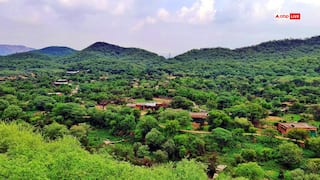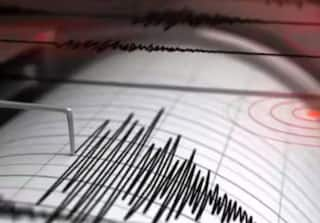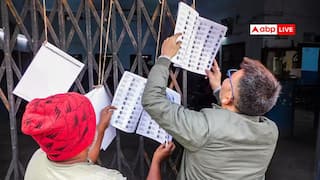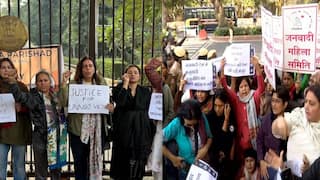Ethnic Diversity A Challenge For India In Finding Matching Blood Stem Cell Donors. Larger Database Will Help

By Patrick Paul
Ethnicity plays a vital role in the understanding of individuals among the people they interact with. It not only helps you differentiate between people, but it helps in identifying the similarities between one another.
Ethnicity is especially important in India due to it’s large and diverse population. Its people speak a wide range of languages, engage in different religious practices, and exhibit many cultural characteristics vary from one part of the country to the other.
Another area that highlights the importance of ethnicity, is stem cell donation. With over 1 lakh people being diagnosed with blood cancer or a blood disorder each year, a stem cell transplant (Peripheral Blood Stem Cell Collection) offers the best chance of survival, for most patients. Ethnicity plays a key role in finding a matching donor to facilitate a transplant, as patients are most likely to find a match from someone of their own ethnicity.
While a blood stem cell match can come from a sibling or a family member there is only a 30% chance of finding a matched sibling donor in the family. The rest of the 70% of patients must search for a Matched Unrelated Donor (MUD) from a registry or a donor centre — a database of voluntary donors between the age group of 18 to 50 years. Unfortunately, only a handful of these patients are able to find matching donors due to the lack of Indian donors registered in the stem cell registry database.
A stem cell transplant is likely to be successful only if the donor’s HLA type is a close match to that of the patient. The body’s immune system has proteins known as Human Leukocyte Antigen (HLA) to distinguish cells that belong to the body from those that do not. Thus, HLA distinguishes between self and non-self.
India is the second most populous country in the world with various cultures, ethnic groups and this has resulted in a unique gene pool and HLA frequency pattern. Studies prove that people from the same ethnic background are more likely to have the same HLA alleles. For example, the HLA haplotypes in South Indian and North Indian populations are distinct. Also, studies in various caste groups reveal that each caste group has its characteristic haplotypes.
Currently, India does not have a sufficiently large registry of adult donors. Increasing the number of Indian donors in the database will add to the data pool of HLA diversity thus, it will improve the likelihood of a suitable match. This could be 1 in a million; and with more people coming forward to register as potential blood stem cell donors, it could be 1 in a 1000 in the future.
There is a significant gap between the number of patients and the number of potential donors available in the registry and this gap can only be bridged by more Indians coming forward and registering as blood stem cell donors.
The author is CEO, DKMS BMST Foundation India.
[Disclaimer: The opinions, beliefs, and views expressed by the various authors and forum participants on this website are personal and do not reflect the opinions, beliefs, and views of ABP News Network Pvt Ltd.]


























